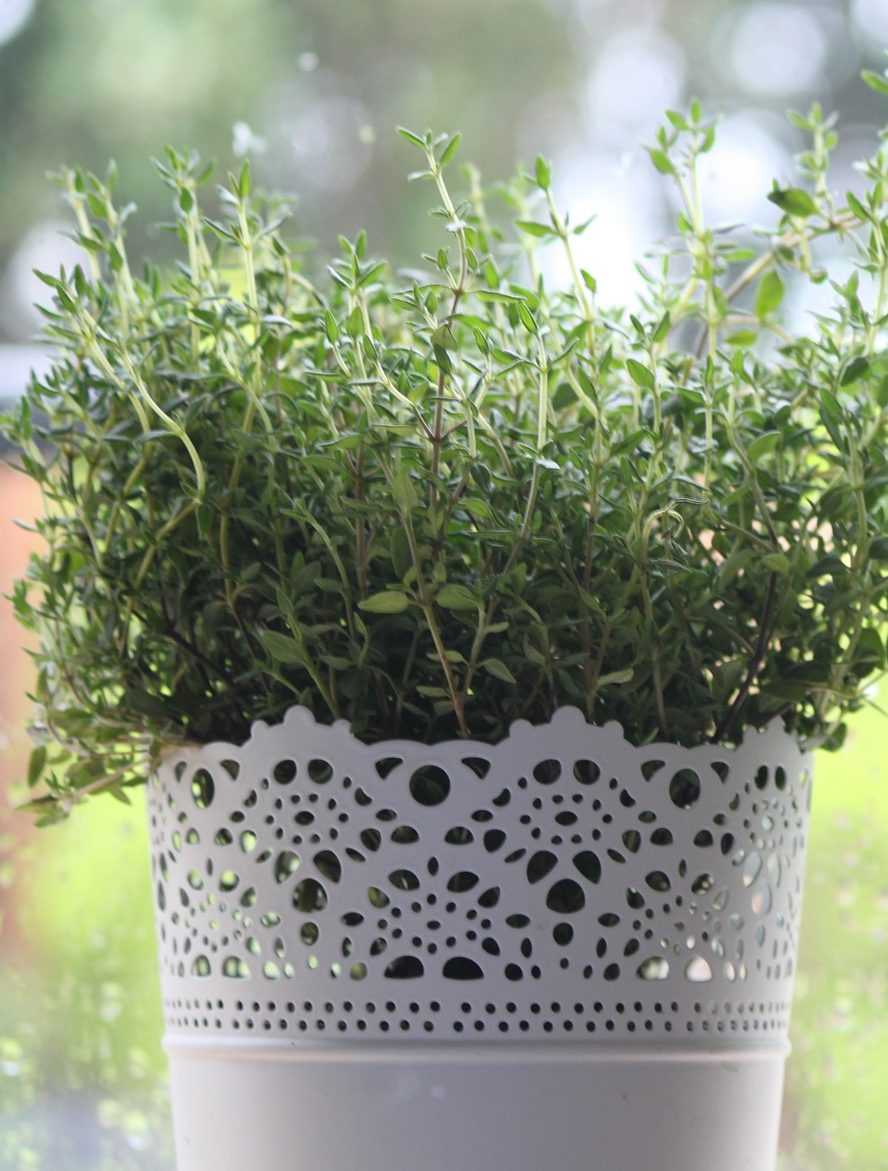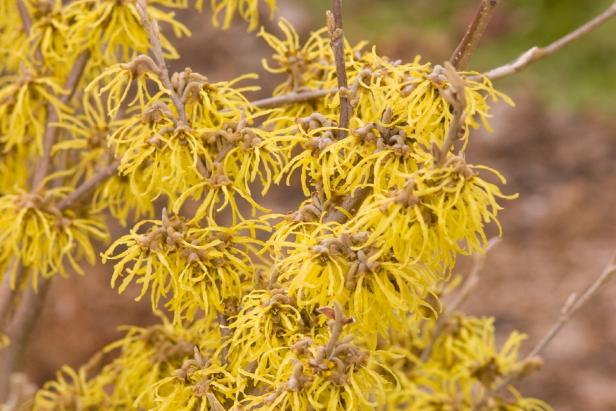How To Grow And Care For A Alpine Thistle Plant
Milk Thistle: A Powerful Herb for Your Health and Garden Are you looking for a plant that can enhance both your health and garden? Look no further than milk thistle! This versatile herb has been used for centuries as a natural remedy for liver health and digestion, but it also adds beauty with its purple flowers and unique foliage. In this article, we will dive into everything you need to know about growing and caring for milk thistle, including its attributes, care needs, pruning, propagation, potting and repotting, and common pests and diseases. Plant Attributes Milk thistle, also known as Silybum marianum, is a member of the Asteraceae family, which includes daisies and sunflowers. This biennial plant grows up to six feet tall and two feet wide, with spiky leaves that have white veins and a unique variegated appearance. In mid to late summer, milk thistle blooms with stunning purple flowers that attract bees and butterflies to your garden. The medicinal properties of milk thistle come from its active ingredient, silymarin, which is found in the seeds. Plant Care Milk thistle is a low-maintenance plant that thrives in full sun or partial shade with well-draining soil. It is drought-tolerant, but regular watering during the growing season ensures healthy growth and flower production. Although it is not a heavy feeder, you can apply a balanced fertilizer once in the spring to support its growth. Pruning Milk thistle does not require much pruning except for removing any dead or yellowing leaves. After it finishes blooming, you can cut the flower stalks to promote bushier growth and prevent reseeding. Propagation Milk thistle seeds are easy to germinate and grow, making propagation a simple process. You can sow the seeds indoors in the early spring or directly into the garden in the fall. Choose a sunny location with fertile, well-draining soil and sow the seeds about 1/4 inch deep and 8 to 12 inches apart. Keep the soil moist until germination, which usually takes one to two weeks. Potting & Repotting Milk thistle is an excellent choice for container gardening, especially if you have limited outdoor space. Choose a large pot with good drainage and fill it with a high-quality potting mix. Plant the seedlings or transplanted milk thistle at the same depth as they were growing previously and water well. You can repot the plant every two to three years in the spring or fall to ensure healthy growth. Common Pests & Plant Disease Milk thistle is generally pest and disease-free, but it can attract aphids and spider mites. If you notice any infestations, spray the plant with a soapy water solution or use an insecticidal soap. Powdery mildew, which appears as a white, powdery coating on the leaves, can occur in humid, crowded conditions. Ensure good air circulation around the plant to prevent mildew growth. Common Problems One of the most common problems with milk thistle is reseeding, as it can become invasive in some regions. To prevent self-seeding, cut off the flower stalks after blooming or deadhead the spent flowers. Additionally, if you notice yellowing or withering leaves, it may indicate overwatering or poor soil drainage. Ensure the soil is draining correctly and reduce watering frequency to resolve the issue. Conclusion Milk thistle is a versatile and easy-to-grow herb that provides both medicinal benefits and aesthetic appeal. With its unique foliage, attractive purple flowers, and easy propagation, it is an excellent addition to any garden or container. By following the plant care guidelines and attending to any common problems or pests, you can enjoy the beauty and health benefits of milk thistle for years to come. 


www.herbazest.com - thistle milk growing plant herbazest general information
www.gardenersworld.com - plants alpines alpine grow lewisia
www.pinterest.com - cirsium thistles worldoffloweringplants thistle




Post a Comment for "How To Grow And Care For A Alpine Thistle Plant"